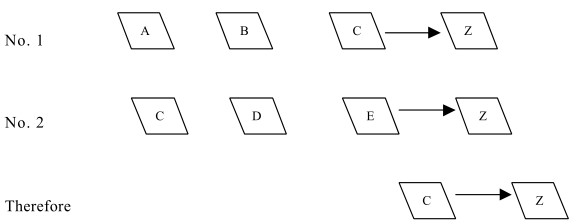Having looked into two designs – exploratory studies and descriptive studies, we now turn to causal designs. As the name implies a causal design investigates the cause and effect relationship between two or more variables. Suppose a manufacturer has sold his product at two points of time, t1 and t2. The sale in t2 is much higher than that in the previous year. During the year, the firm has also launched an advertising campaign for is product. The manufacturer is interested in knowing whether advertising has caused the increase in sales in the year t2.
The design of causal research is based on reasoning along well-tested lines. We are inductive logic for confirming or rejecting hypotheses with the help of further evidence. John Stuart Mill formulated a set of principles based on logic for causal research. The principles are – the method of agreement, the method of negative agreement and the method of concomitant variation.
The method of agreement states, “when two or more cases of a given phenomenon have one and only one condition in common, then that condition may be regarded as the cause (or effect) of the phenomenon.” Thus, if we find observation Z in every case where we find condition C, we may conclude that C and Z are causally related. Figure below shows this method.


